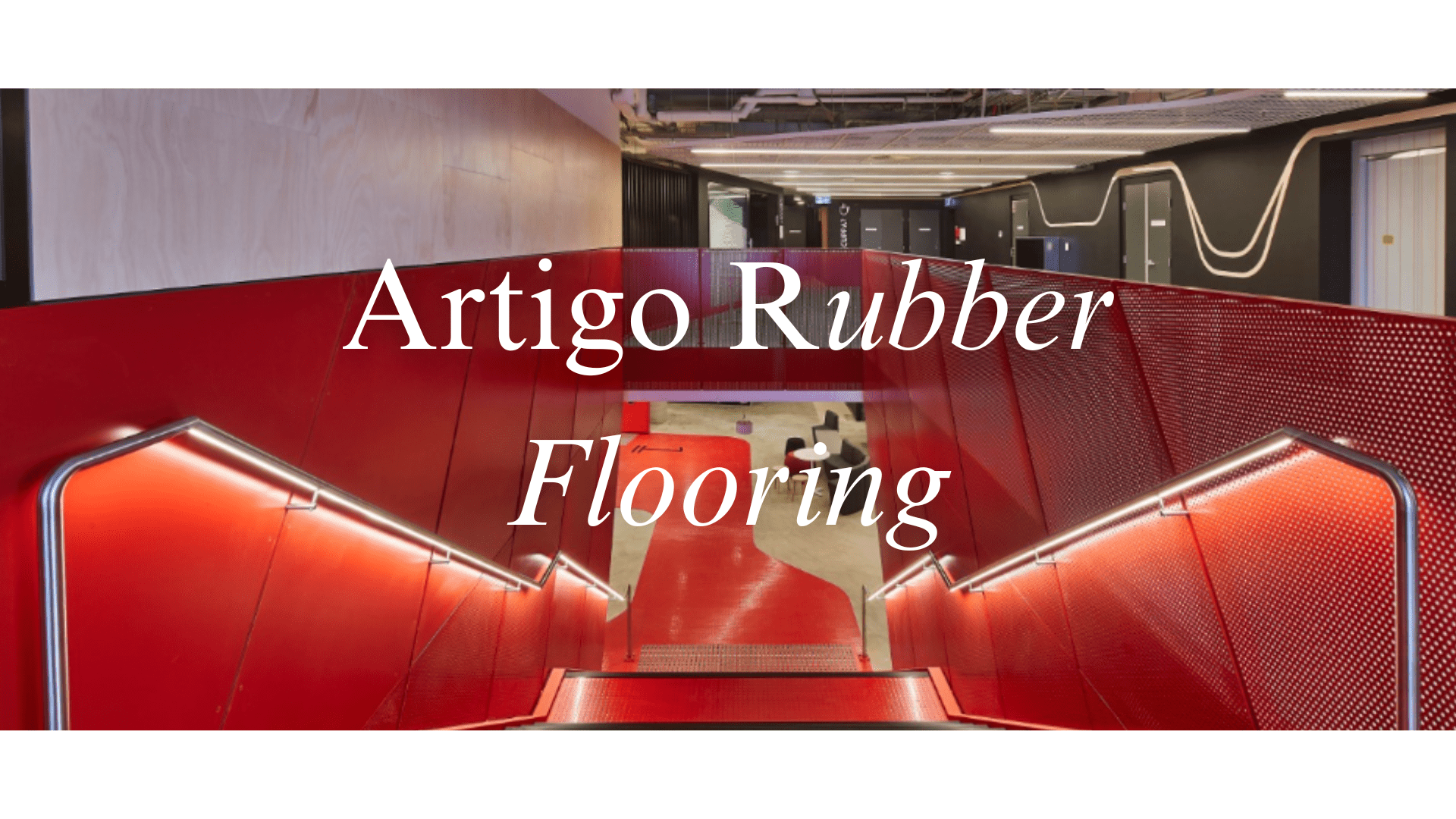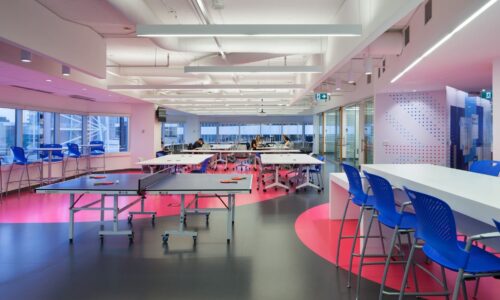Artigo facility manufactures high-performance surfaces that are perfect for application in schools, hospitals, public spaces, and various other types of locations. The process always begins with rubber, natural or synthetic, a raw material that has few equals in terms of its fundamental durability and elasticity and can increase its own technical performance through evolved manufacturing processes that perfect its characteristics. According to the specific product to be created, mineral fillers, natural pigments, and vulcanisation accelerators are added to the rubber in the proper doses. The mixing is an important moment, one that is fundamental in determining the right consistency of the material as well as for ensuring a uniform colour distribution. Raw rubber, left to cool and cut into festoons, immediately assumes an elastic appearance, even if derived from a shape that is still coarse and unrefined. The mixture is then sent to the production line to begin the process, resulting in the creation of rubber sheets between 2 and 5 mm thick. After the calendering, which determines the precise thickness of the floor, the material undergoes the vulcanisation process, moving continuously between metal cylinders at high temperatures. What is produced is one continuous and perfectly flat strip, a surface with no irregularities, variations in thickness, or structural defects.

Artigo is committed to achieving high standards that respect the ecosystem and the society that surround us, in order to offer our users durable and quality floors that respect the environment in all its aspects.
The evolution of the recipes is a fundamental aspect aimed at the continuous improvement of the technical characteristics. In recent years attention has been paid to minimizing the VOC (volatile organic compound) emissions of the product in the environments in which it is installed.
PERFORMANCE:
- Very long life
- Acoustics: Reduction of impact noise
ENVIRONMENT
- Green Energy ( 100% electricity form renewable sources)
- Low VOC emissions
SAFETY:
- In case of fire: less toxic smokes
- Slip resistance
COMFORT:
- Warm flooring
- Walking comfort
IGIENE:
- Reduction of joints – Welding
- Easy maintenance
RENOVATION:
- Thin and light




